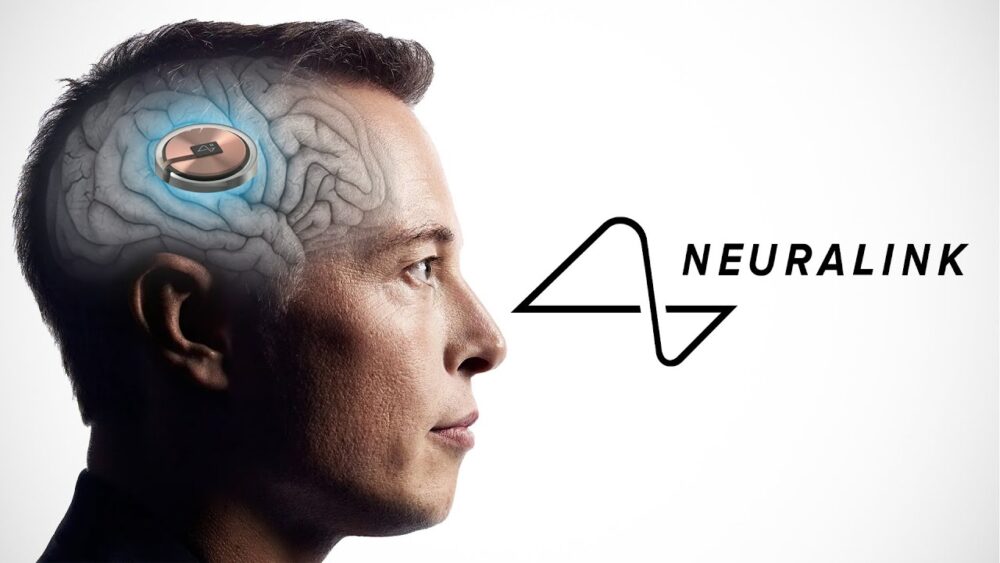Elon Musk announced that the first human patient had gotten a brain implant from Neuralink, his brain-computer interface (BCI) technology business, on the social networking site X. The invention, called “Telepathy,” seeks to bridge the gap between artificial intelligence and the human brain.
Informing about the human trial via a post on X (formerly Twitter), Musk wrote, “The first human received an implant from @Neuralink yesterday and is recovering well. Initial results show promising neuron spike detection."
“Enables control of your phone or computer, and through them almost any device, just by thinking. Initial users will be those who have lost the use of their limbs. Imagine if Stephen Hawking could communicate faster than a speed typist or auctioneer. That is the goal." Musk followed up in another post.
Neuralink’s Sucess Story

Last autumn, Neuralink began patient recruitment for a clinical study following permission from the US Food and Drug Administration and a hospital ethics board. Participants in the study must be at least 22 years old and have quadriplegia as a result of either amyotrophic lateral sclerosis (ALS) or cervical spinal cord injury. The trial should last for six years.
The original intention of Neuralink was to allow paralysed people to use their brain impulses to control a keyboard or mouse. The business implants a coin-sized gadget into the part of the brain that controls movement intention using a surgical robot that it designed. Brain impulses are wirelessly recorded and sent by this gadget to an app that decodes them.
The patient is recovering properly, according to Elon Musk’s statement, and the initial findings show encouraging neuron spike detection. It will take some time for the patient to recuperate from surgery and complete a training phase, which usually lasts several weeks, before evaluating their ability to operate a computer or other device with the implant.
Despite being the first to investigate BCIs, Neuralink’s accomplishments represent a substantial step towards the eventual integration of artificial intelligence and humans. Academic labs have been working on brain-computer interfaces (BCIs) for years; early adopters took part in tests that allowed paralysed people to manipulate robotic limbs, play video games, and send emails with their thoughts.
With more than 1,000 electrodes spaced over 64 threads as thin as a human hair, Neuralink’s wireless BCI device is a significant improvement over conventional configurations. The company’s strategy tries to make BCIs more useful for at-home use.
Neuralink has encountered controversy despite its technological advancements, especially concerning how it handles study animals. A government probe was prompted after an examination in September found that several monkeys had died while undergoing brain implant testing. The business also had to pay fines for breaking hazardous material transportation regulations set out by the US Department of Transportation.
Neuralink is in competition with other businesses in the developing BCI market, but its new statement highlights how important it is to the advancement of neurotechnology. While there may be obstacles in the way of Musk’s goal of a seamless human-AI merger, Neuralink’s continued efforts mark a significant turning point in this exciting subject.

I am a student pursuing my bachelor’s in information technology. I have a interest in writing so, I am working a freelance content writer because I enjoy writing. I also write poetries. I believe in the quote by anne frank “paper has more patience than person